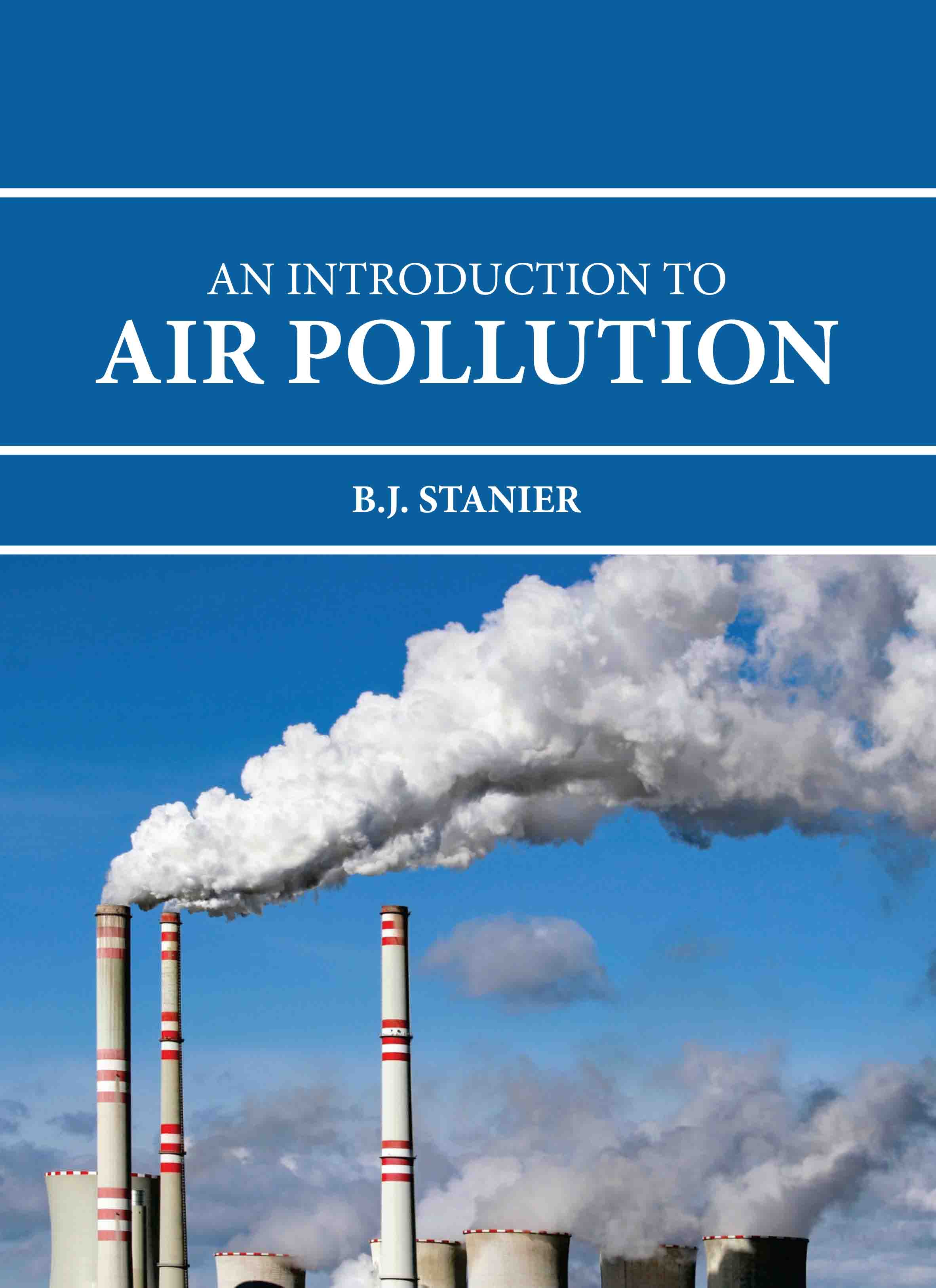
An Introduction to Air Pollution
by B.j stanier
| ISBN | 9781835350300 |
|---|---|
| Publisher | EDTECH PRESS |
| Copyright Year | 2025 |
| Price | £160.00 |

by B.j stanier
| ISBN | 9781835350300 |
|---|---|
| Publisher | EDTECH PRESS |
| Copyright Year | 2025 |
| Price | £160.00 |
There are many different types of air pollution, but generally speaking, it refers to toxins that are gaseous and particulate that exists in the atmosphere of the earth. Gaseous pollutants such as nitrogen oxides and sulphur dioxide (SO3), volatile organic compounds (VOC), ozone (03), carbon monoxide (CO), hydrogen sulphide (HS), HF, as well as other metals in gaseous forms. These toxins are released from big stationary sources such smelters, industrial boilers, petroleum refineries, and power stations that burn fossil fuels and production facilities, local and mobile suppliers, as well as. The market of today is becoming more and more reliant on meeting a variety of local environmental requirements, the needs of environmentally conscious consumers, and international voluntary environmental efforts. The business sector has made enormous strides in its efforts to safeguard the environment, spending hundreds of billions of dollars to prevent the discharge of dangerous compounds into the atmosphere and inventing technologies to minimise or completely stop the production of hazardous waste. The way that different industries are meeting their environmental commitments is evolving as a result of several initiatives and technological advancements. The book gave information on the scientific foundation for managing air quality and developing green spaces in metropolitan settings.